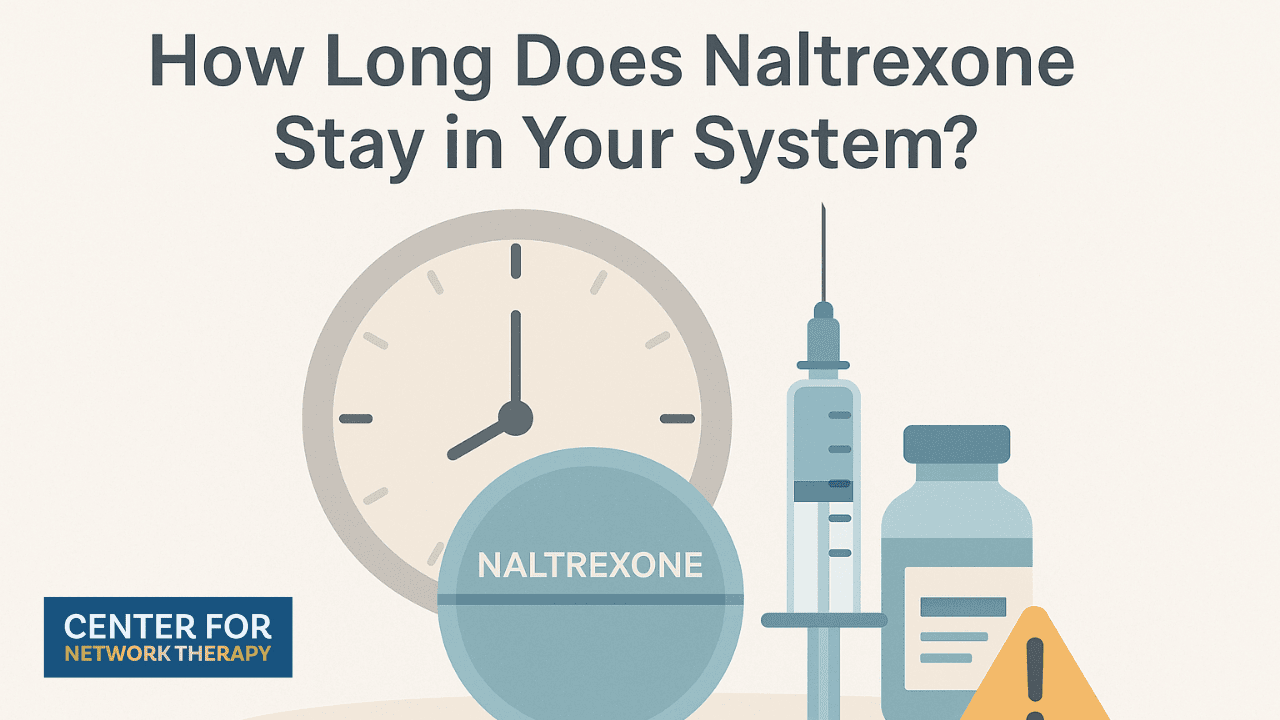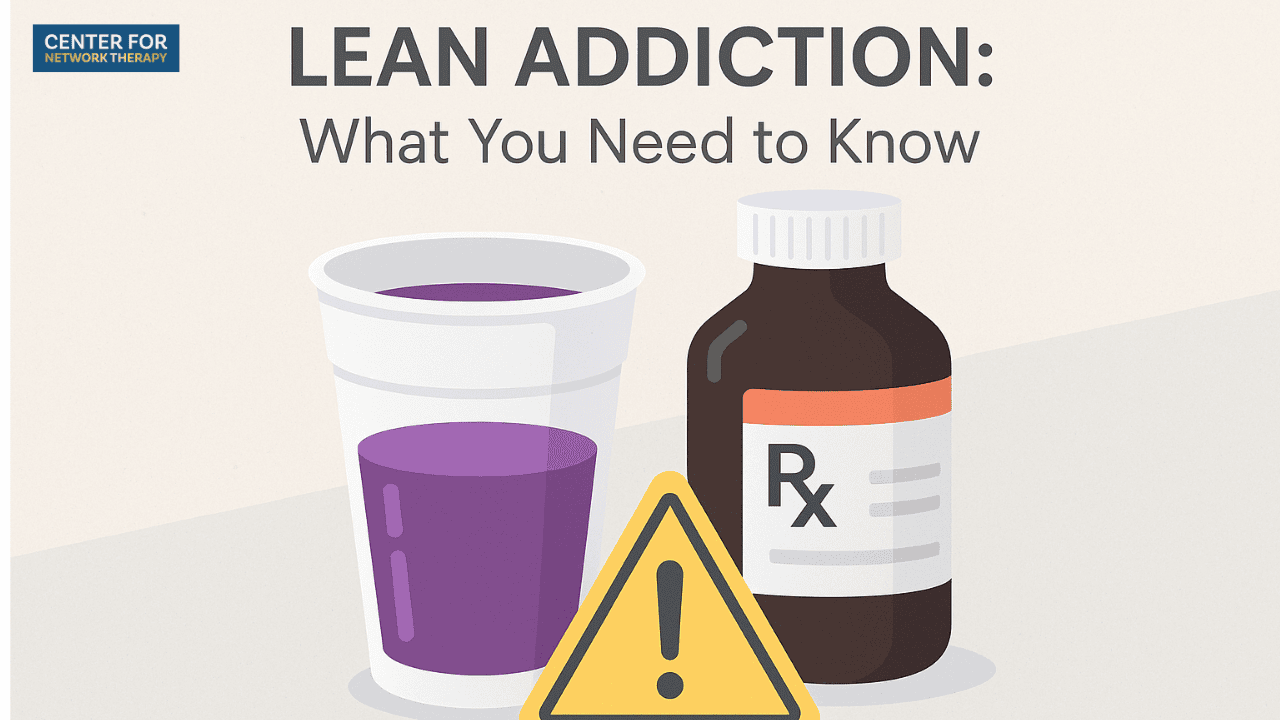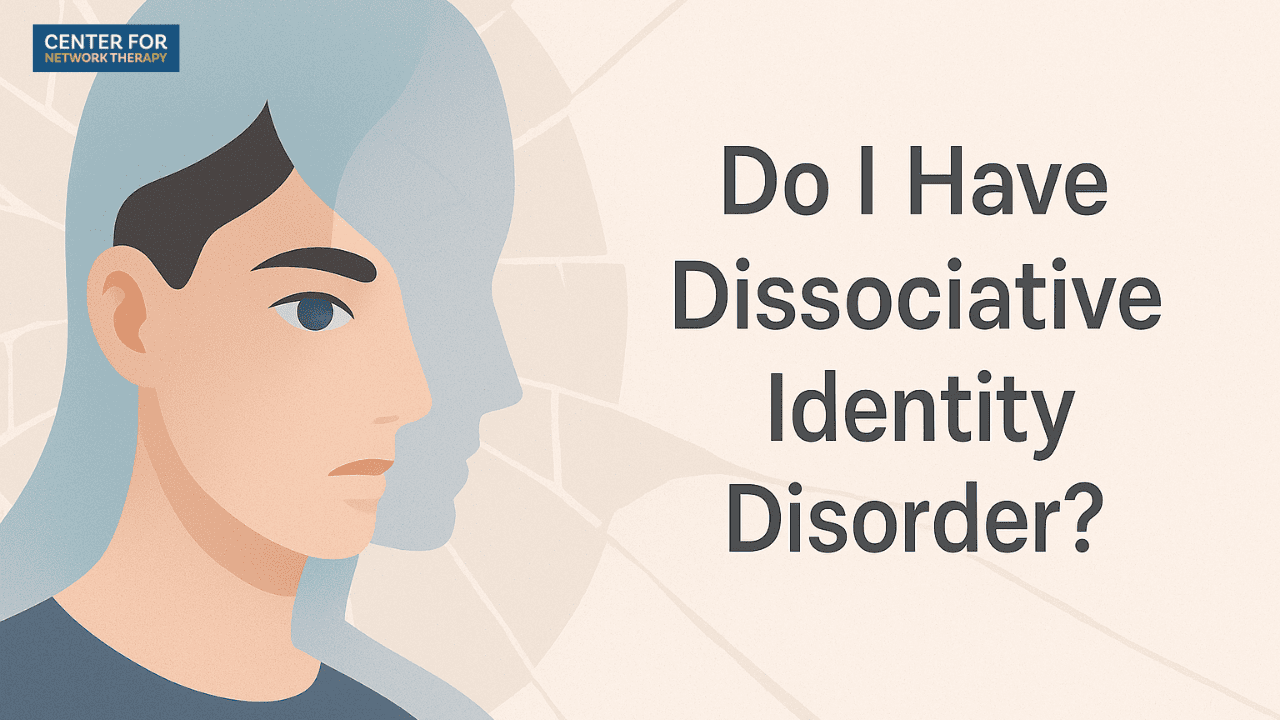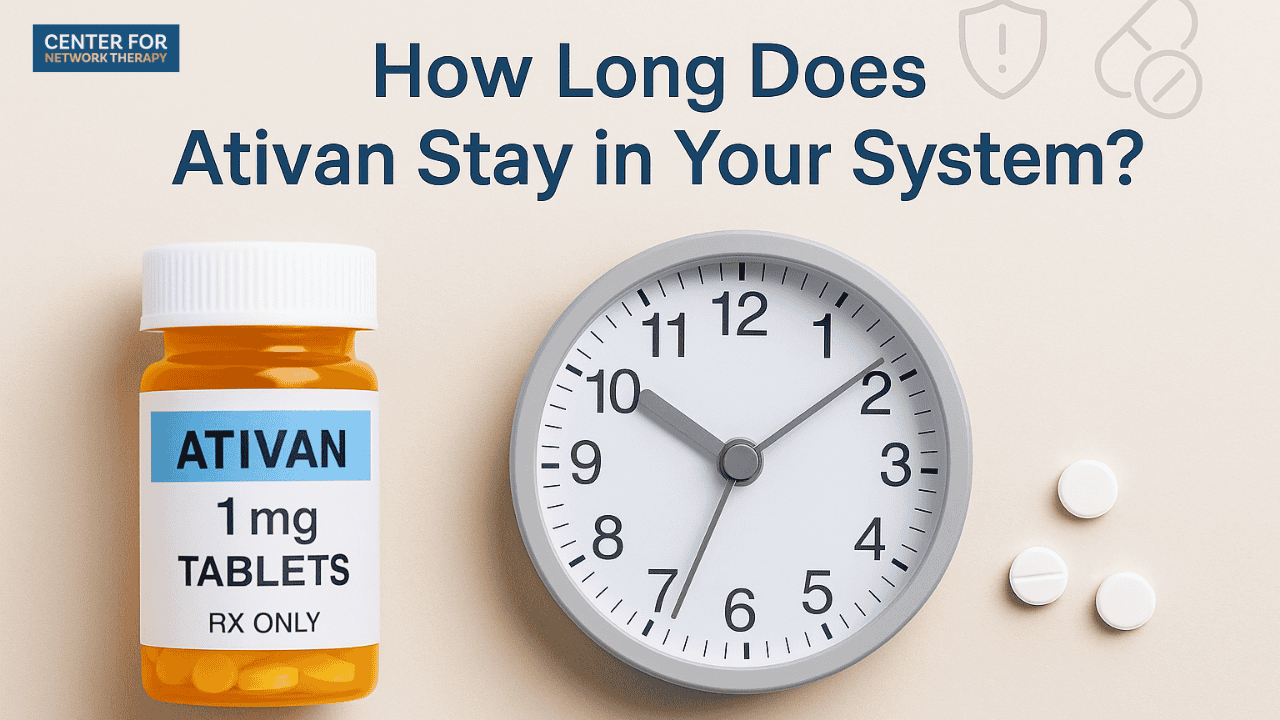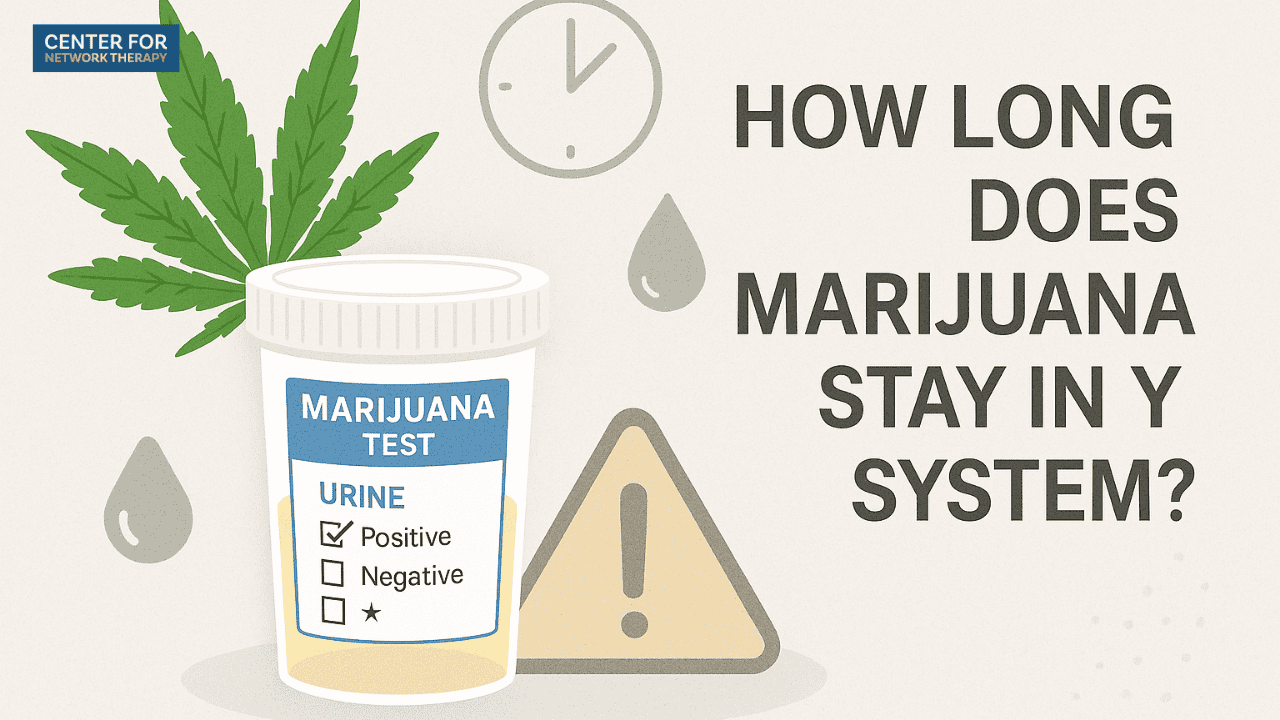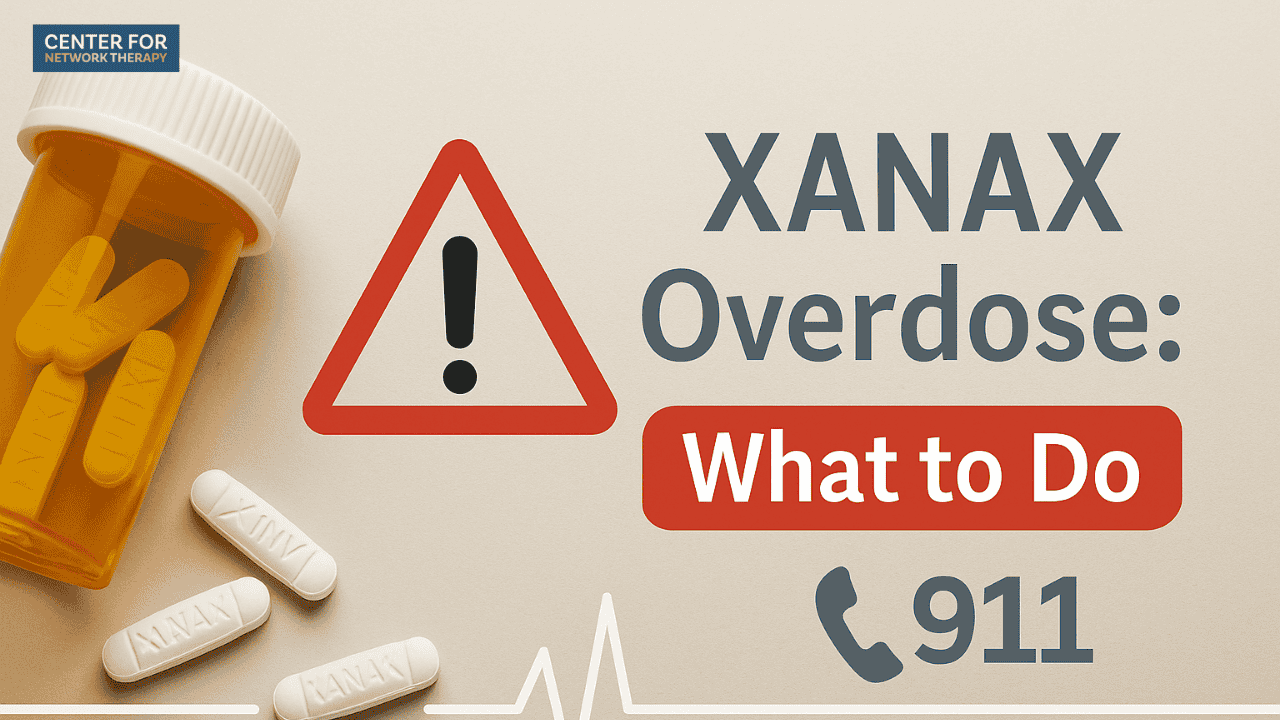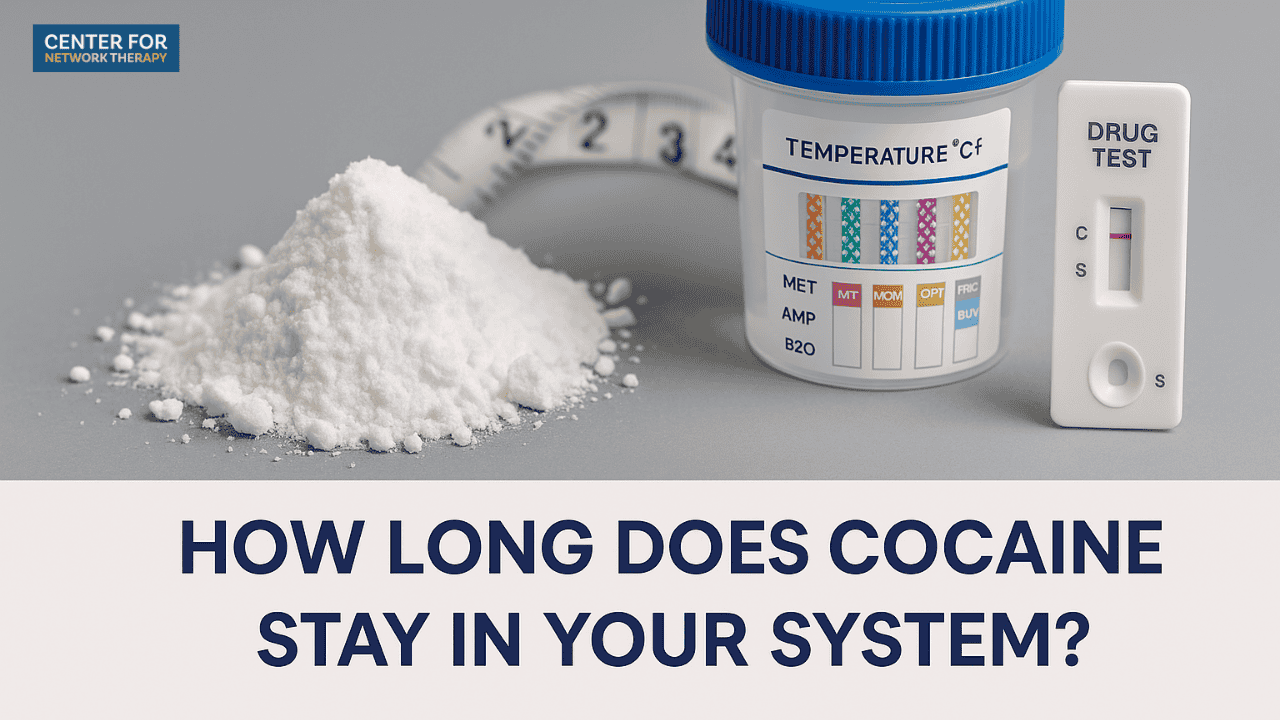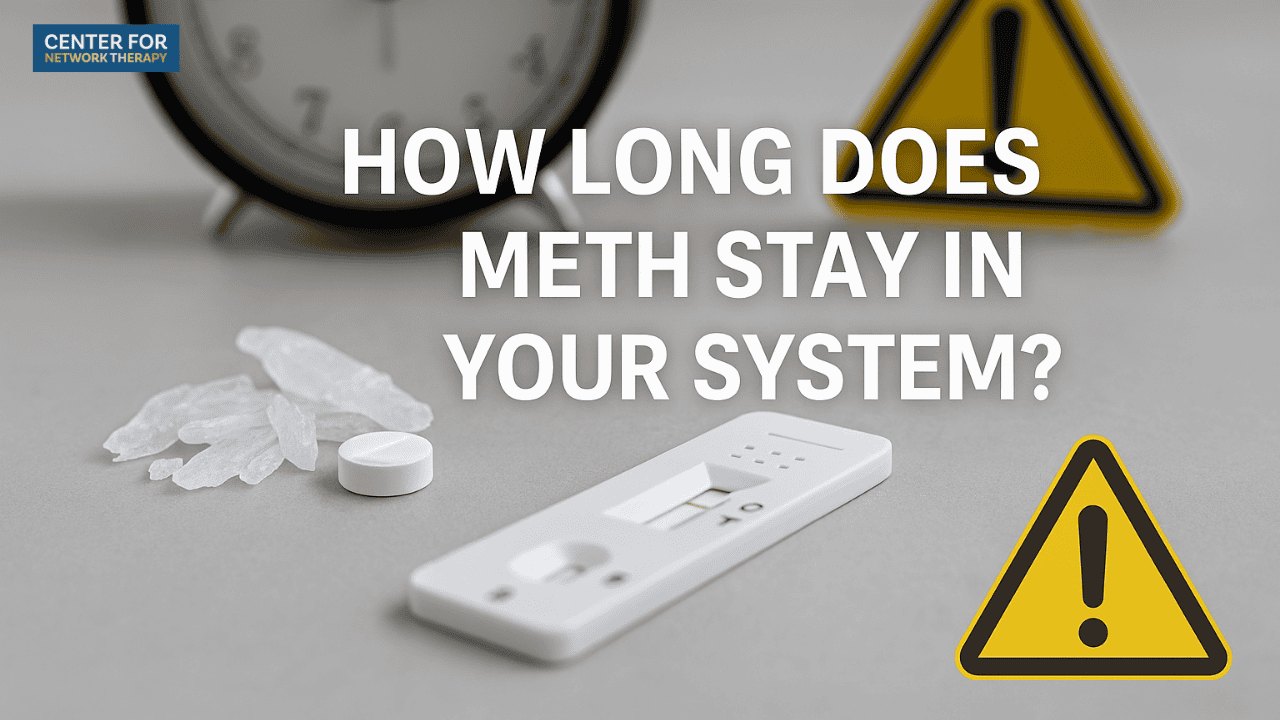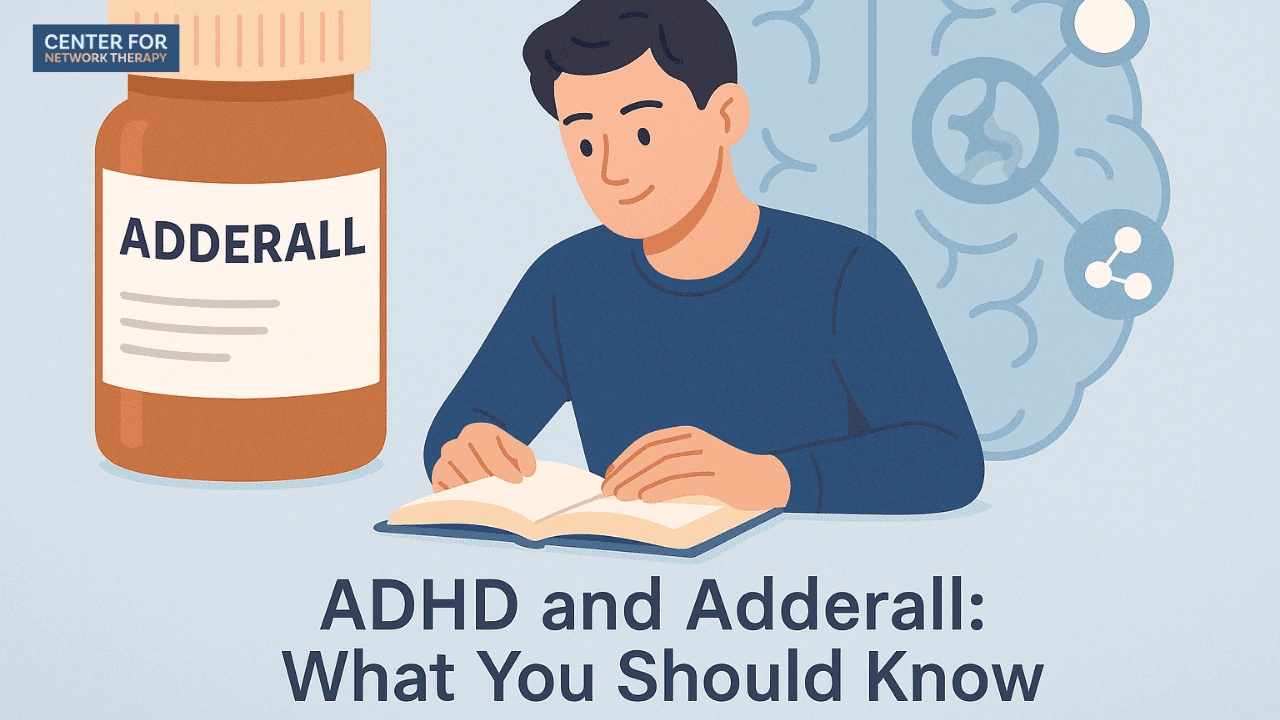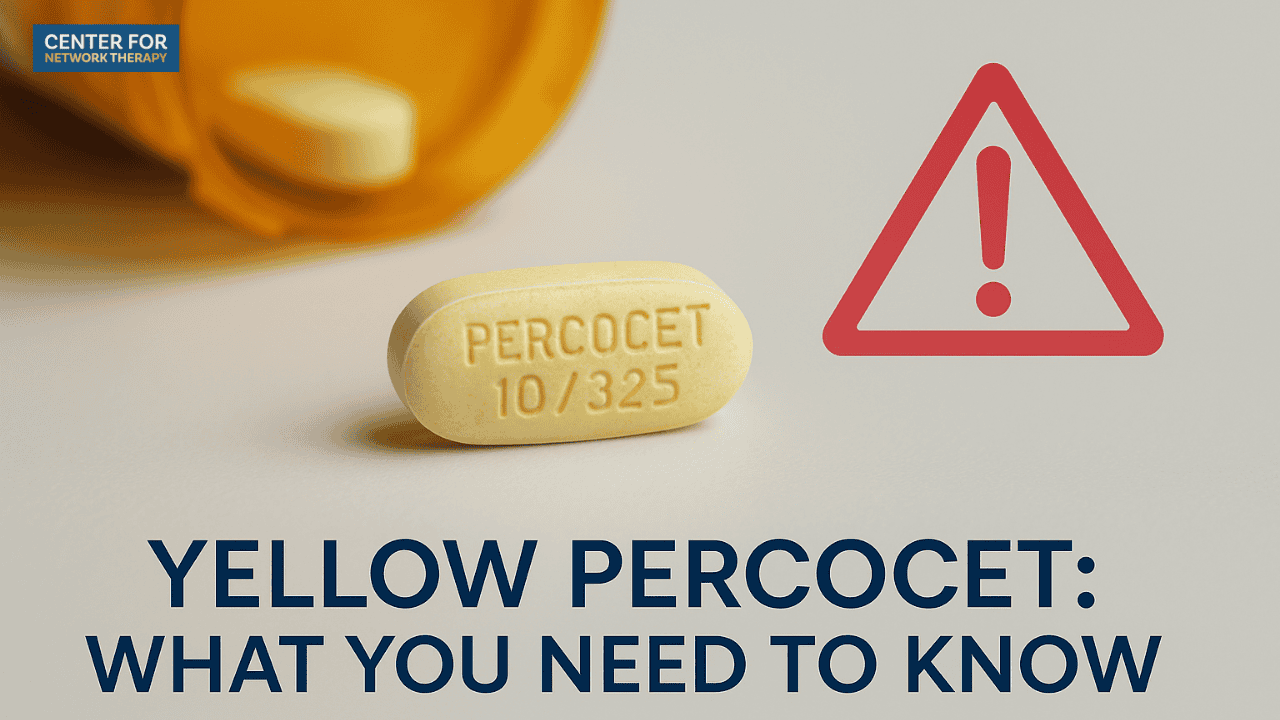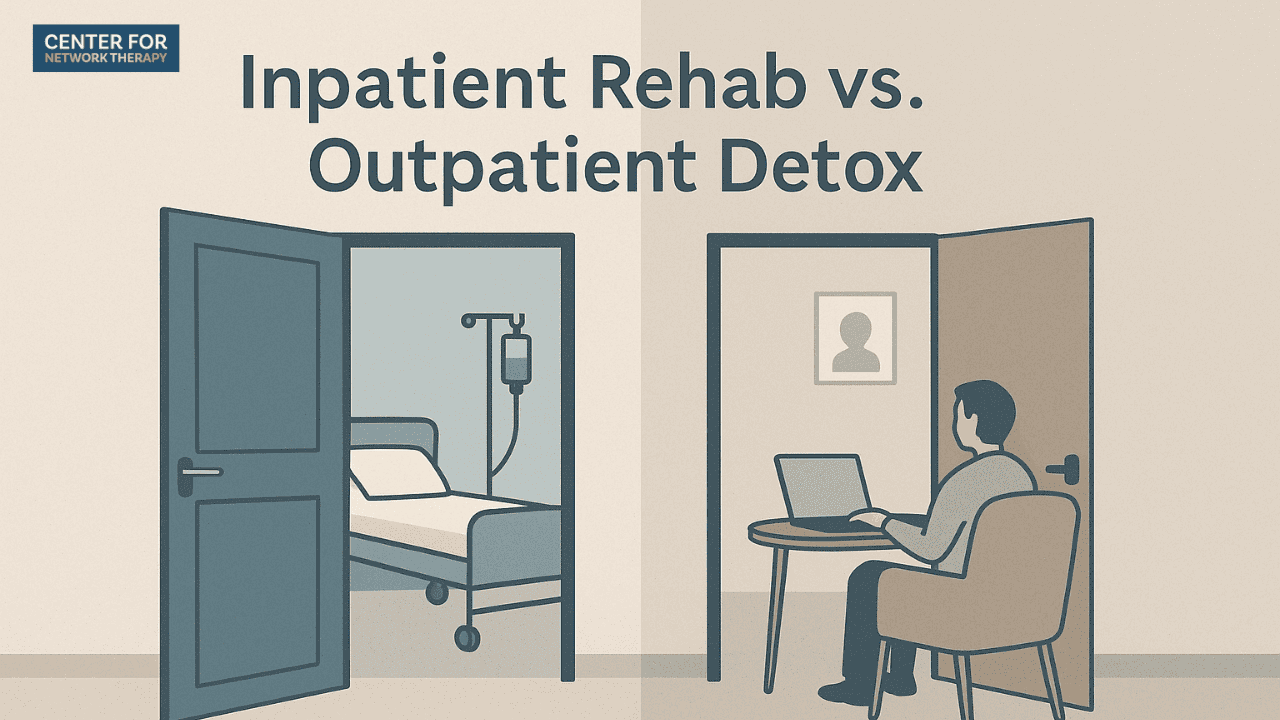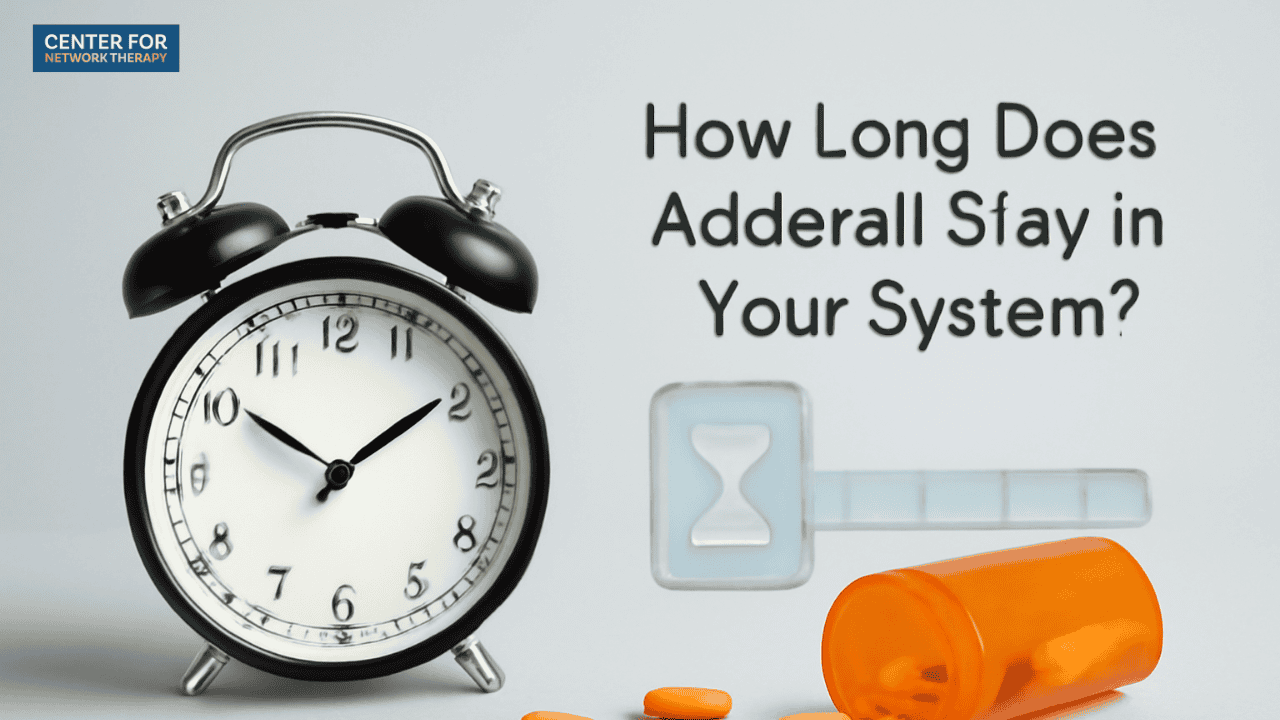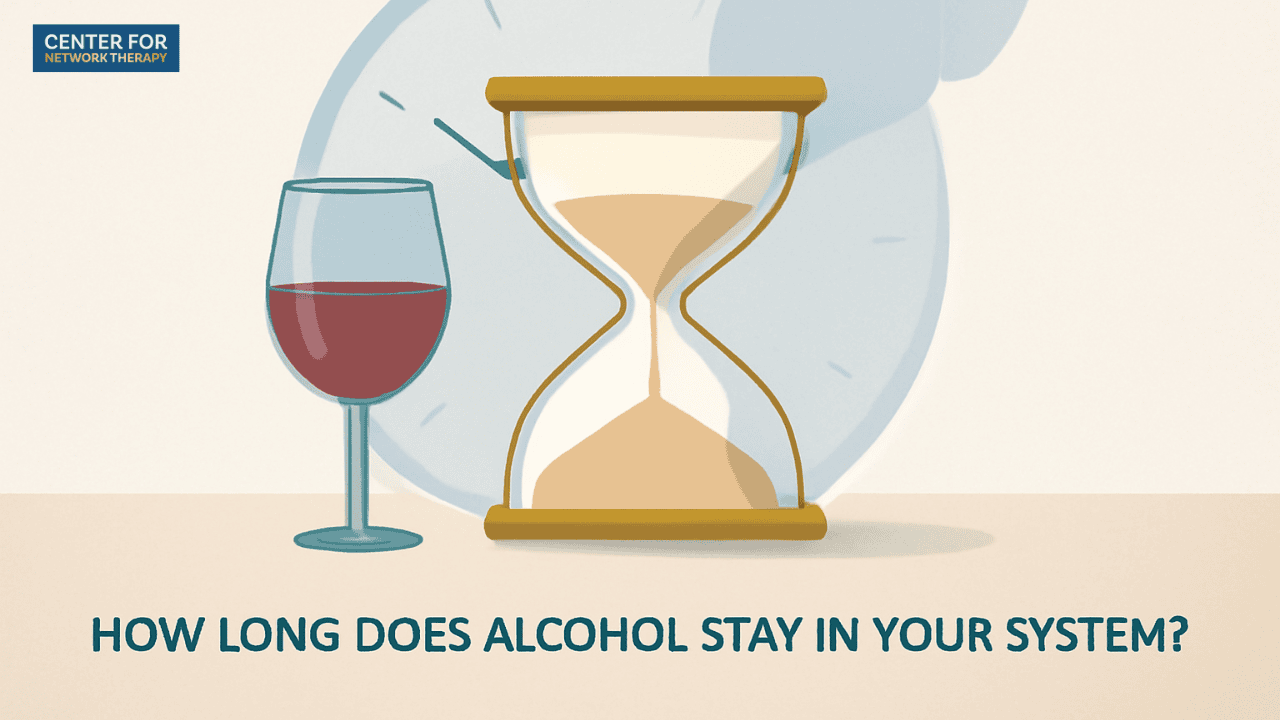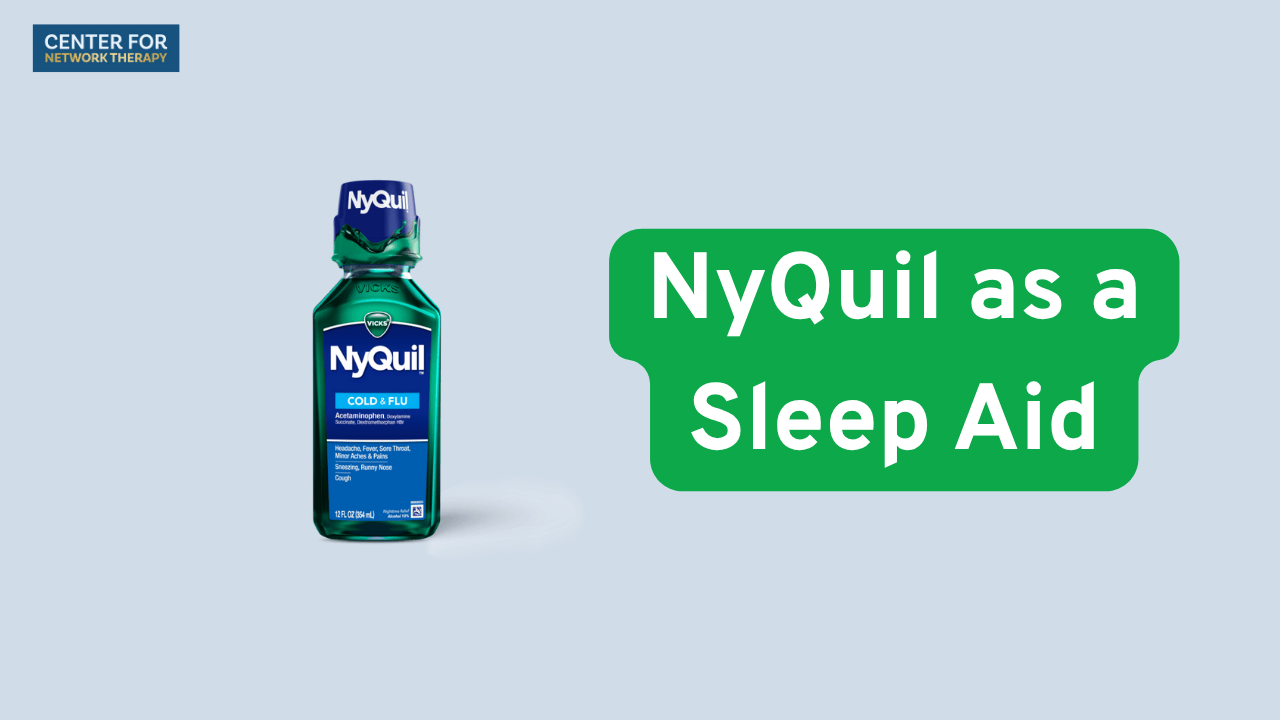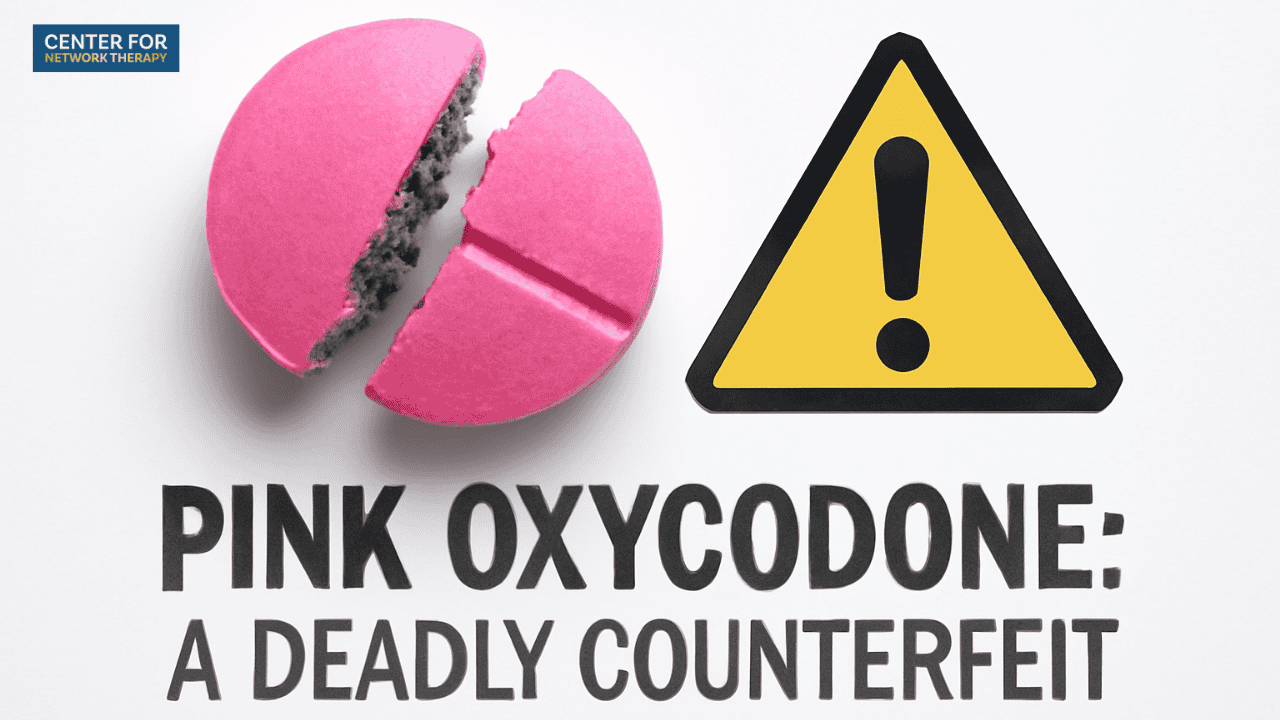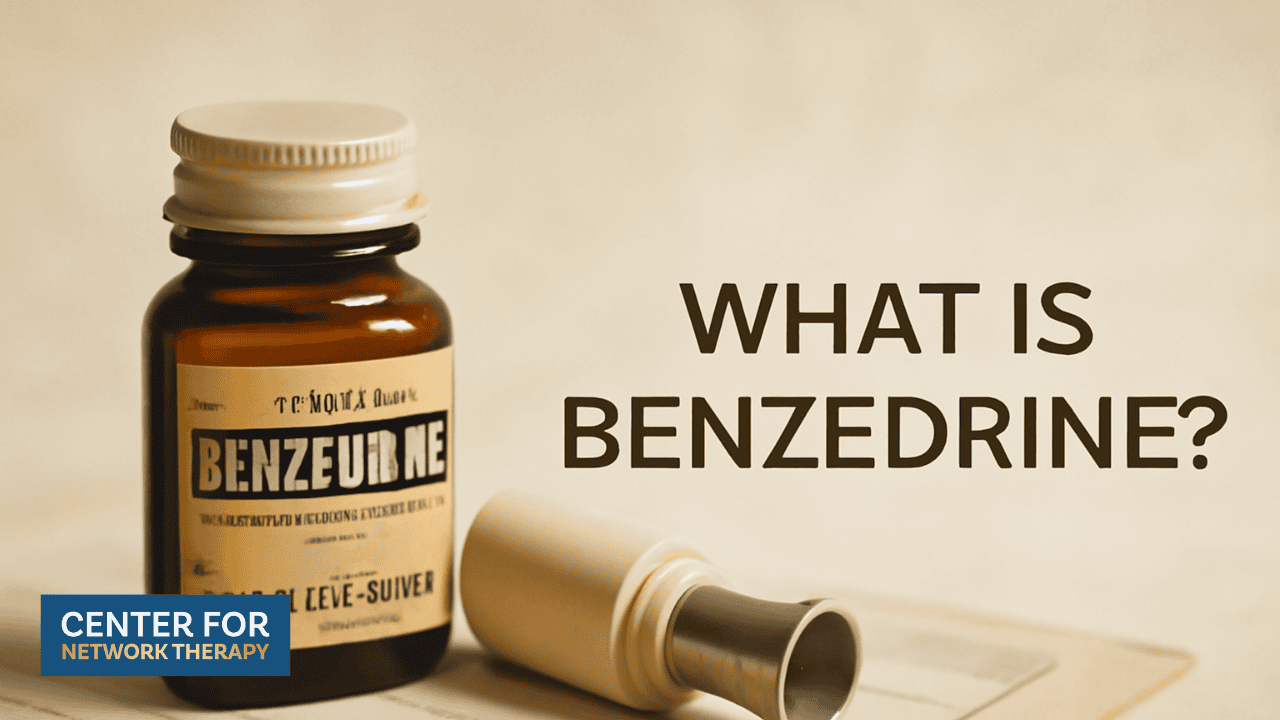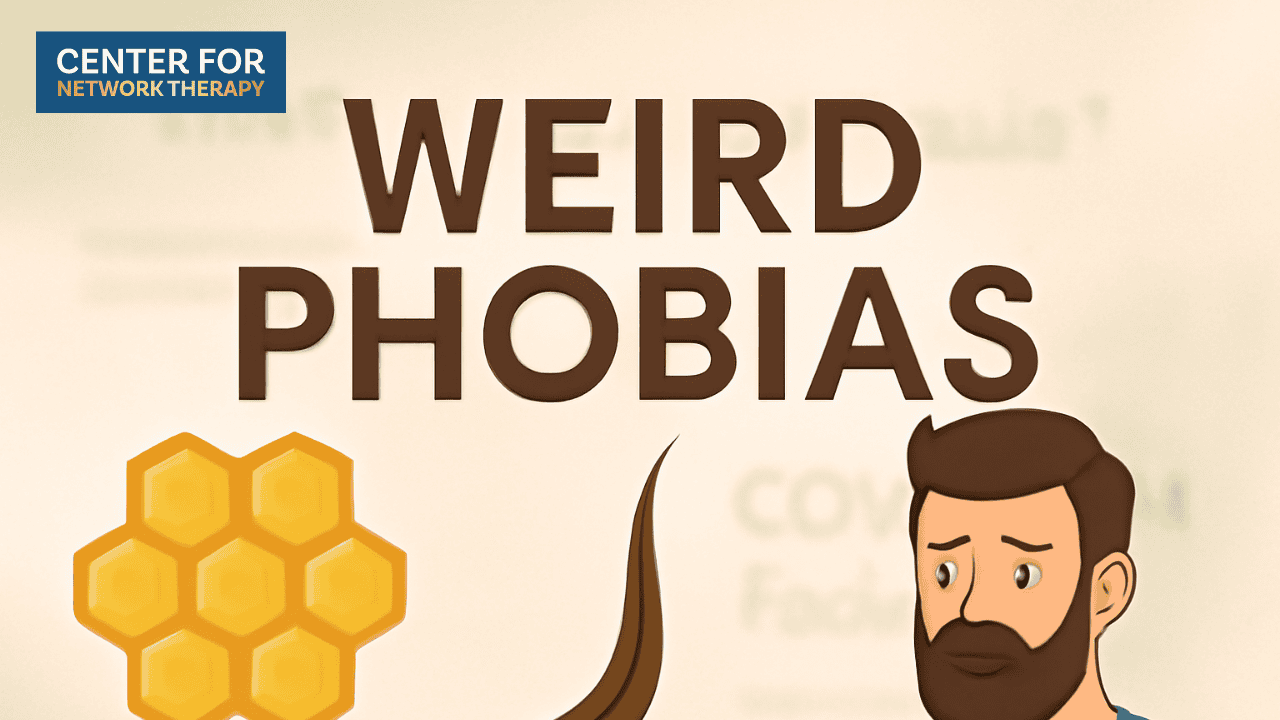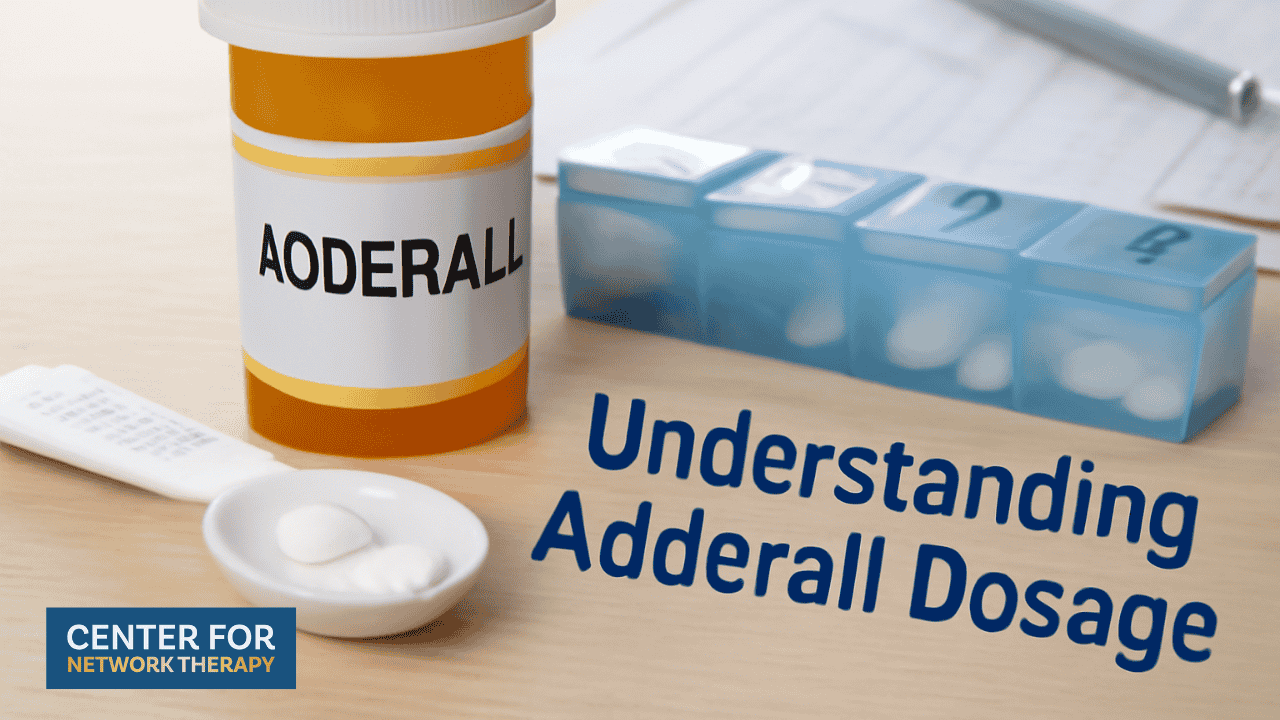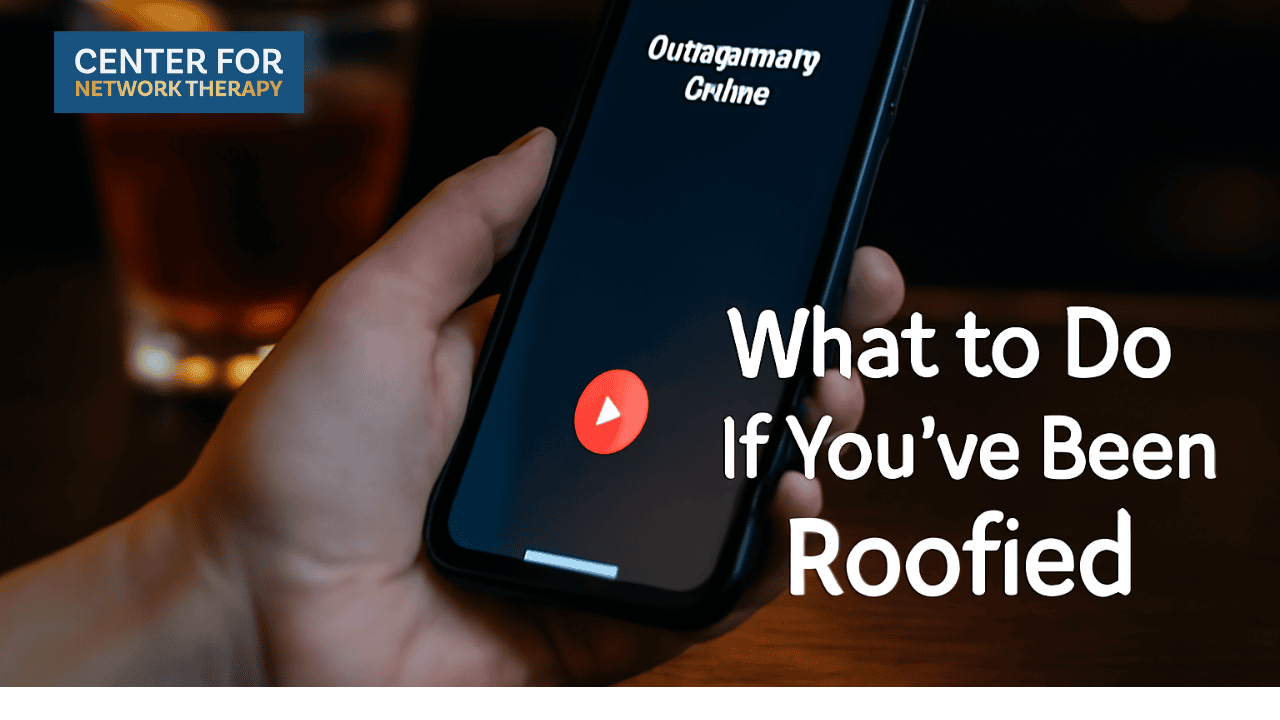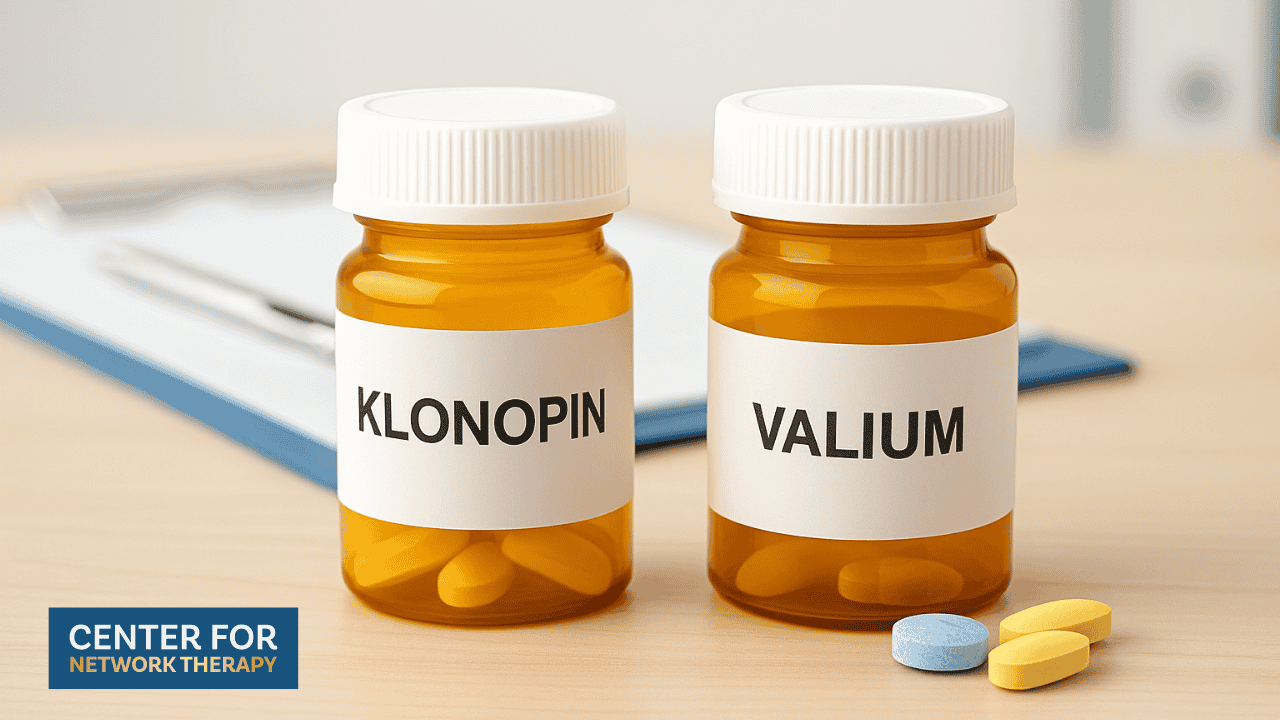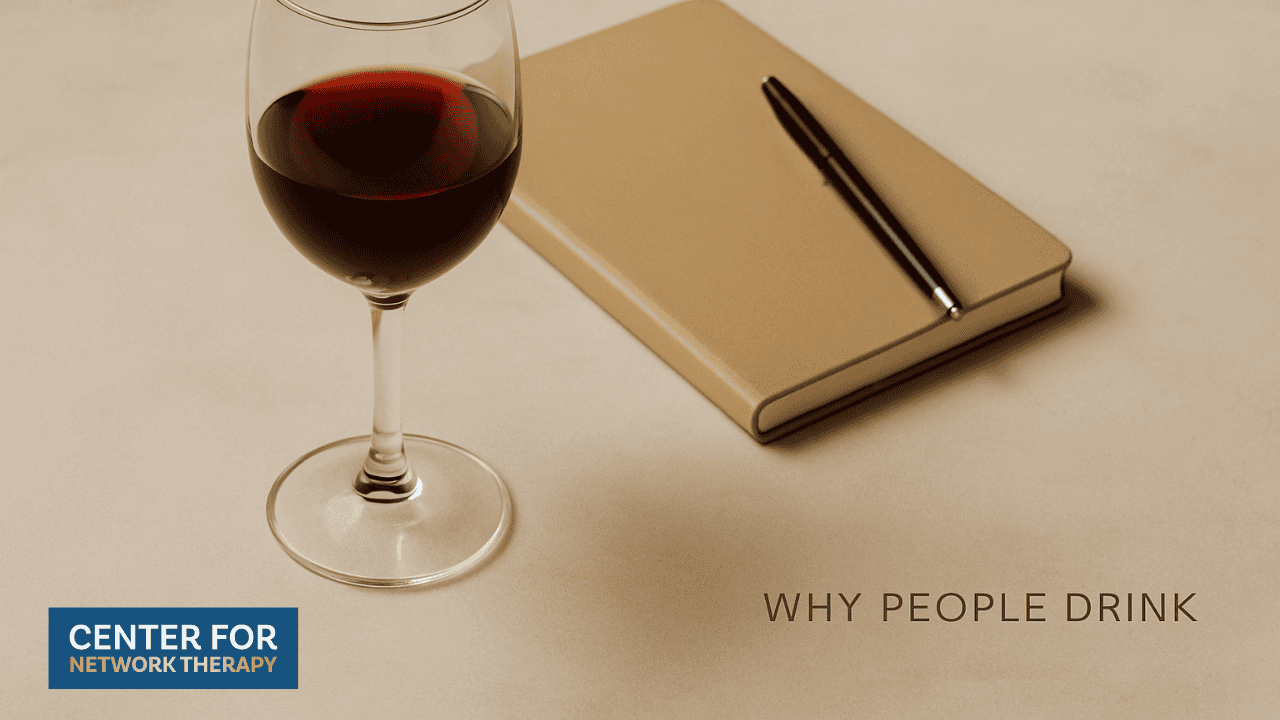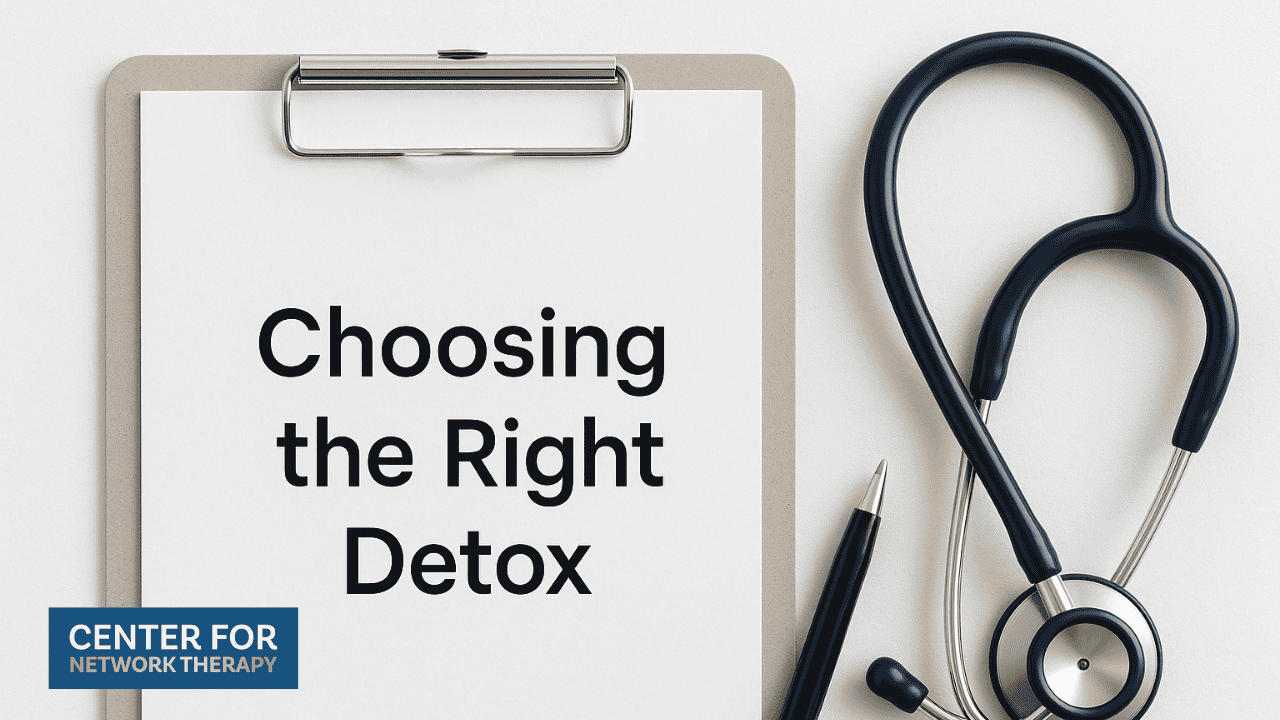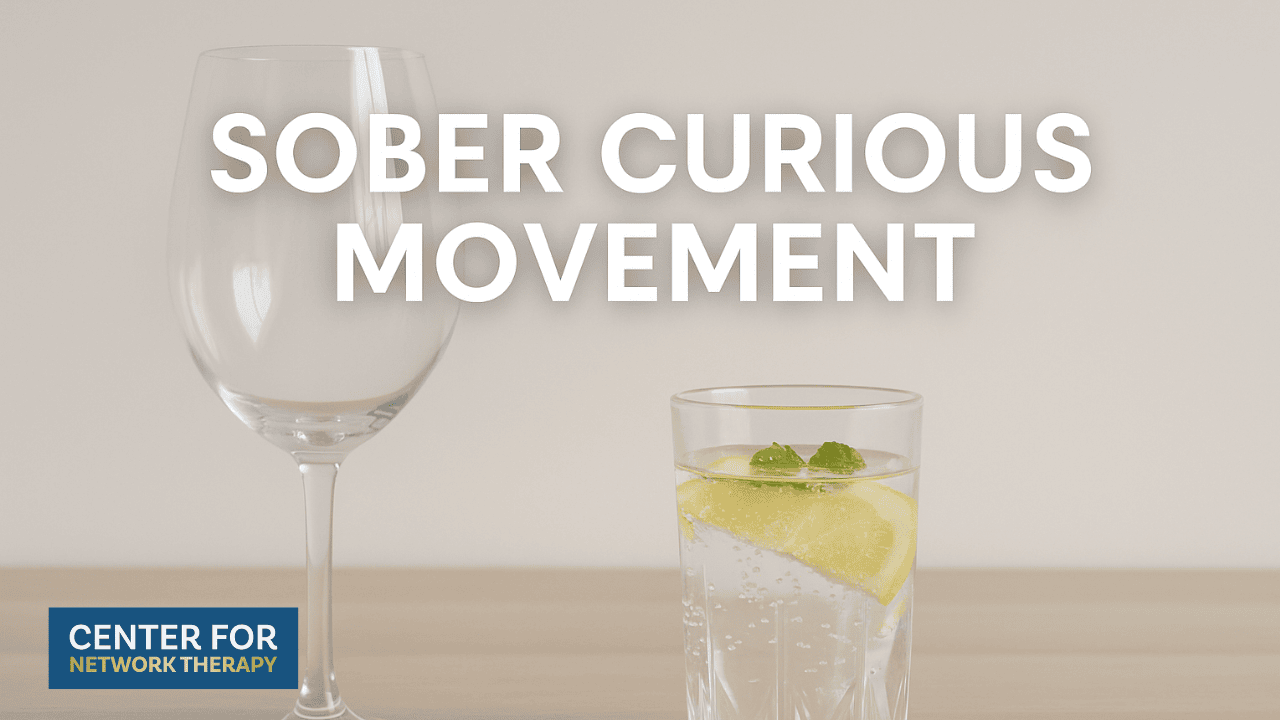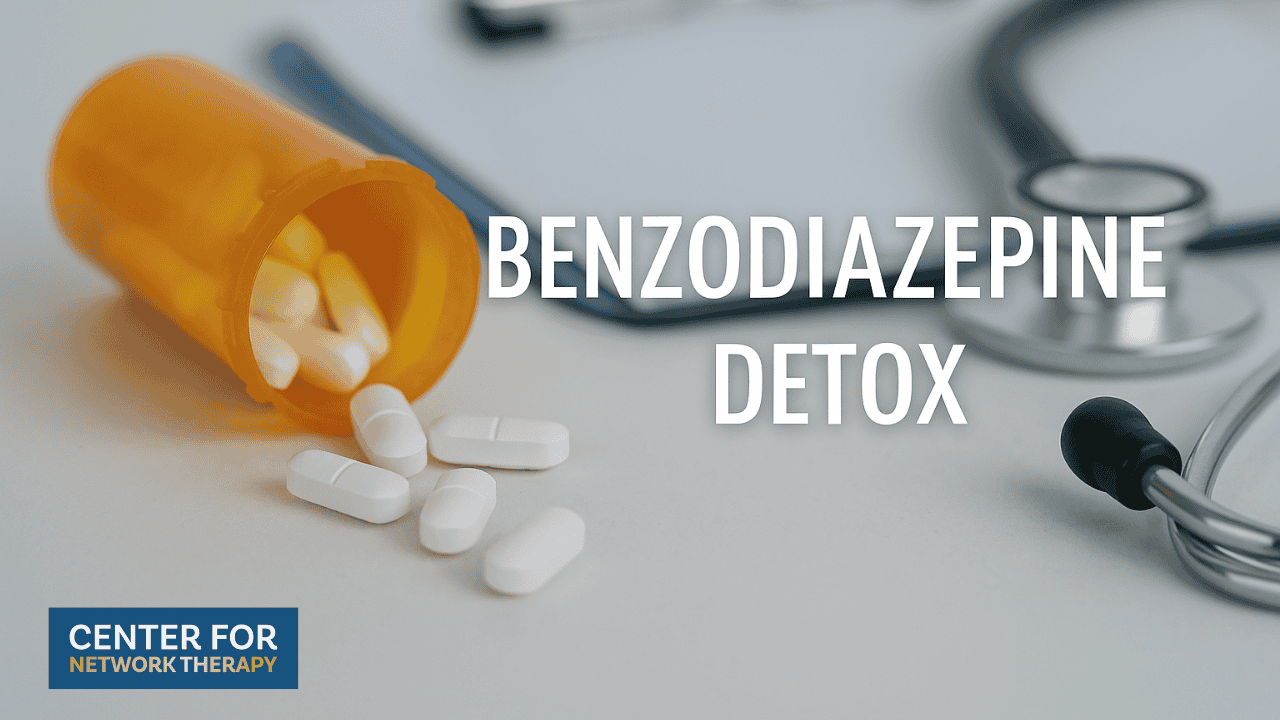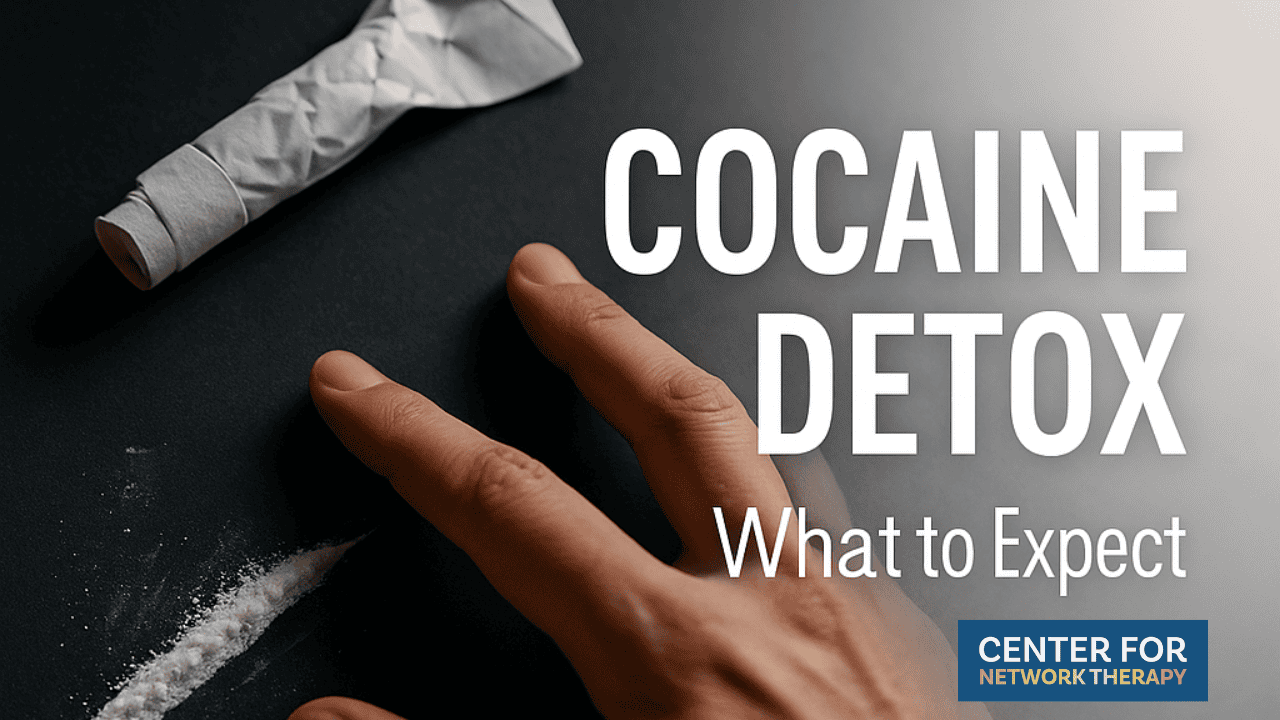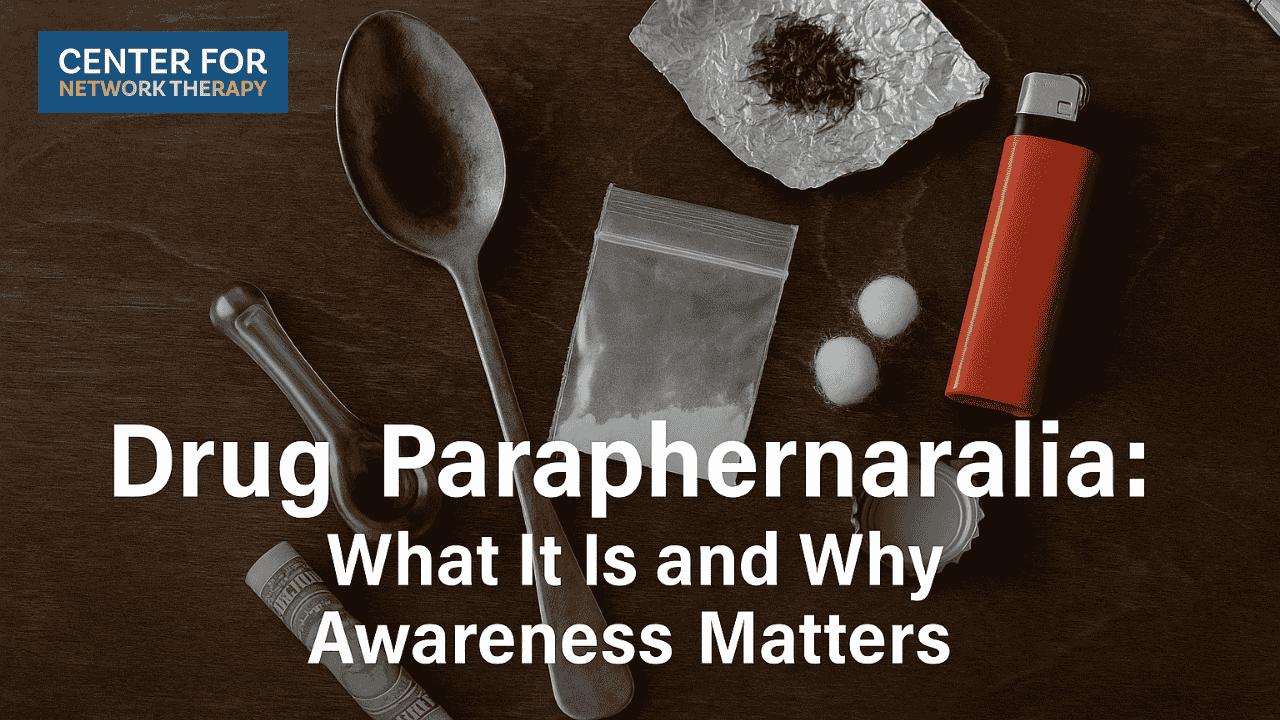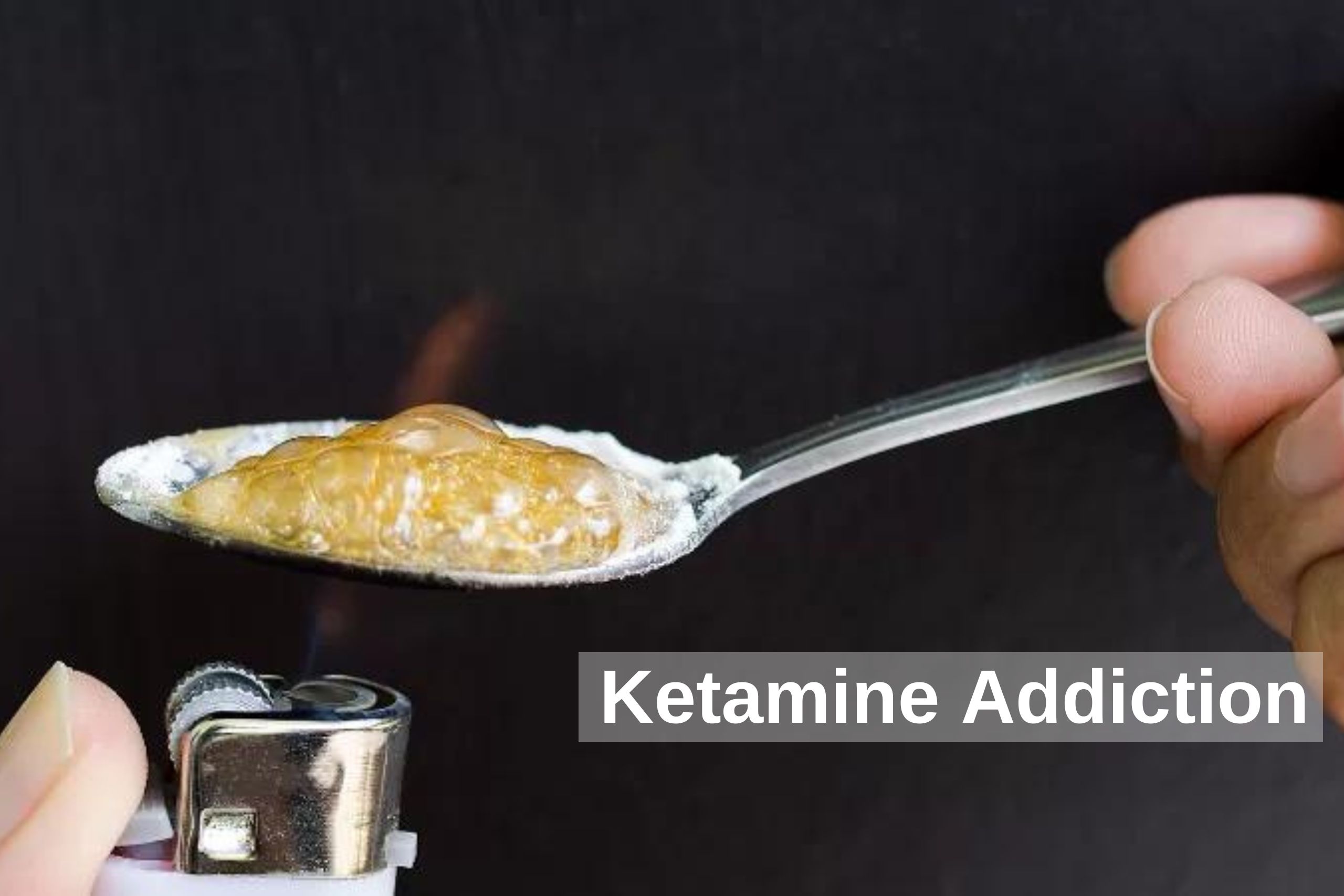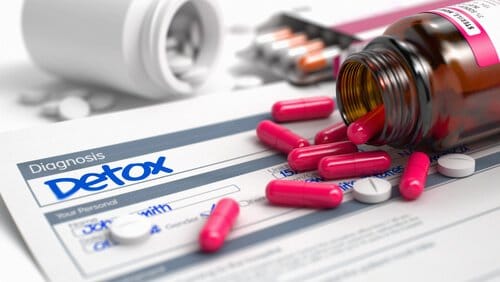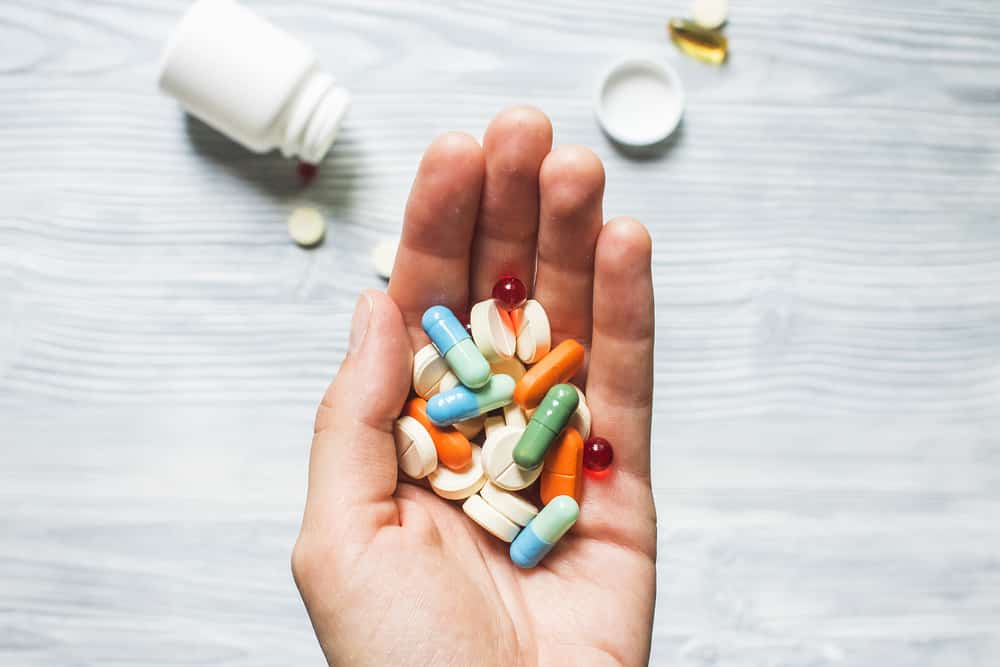Table of Contents
ToggleThe Faces Of Addiction : The Middle-Aged, Women And Fentanyl

Addiction Expert, Dr. Indra Cidambi, analyzes factors driving continued growth in drug overdose deaths.
New York, NY – March 15, 2017 –
The Centers for Disease Control (CDC) recently released data that showed that drug overdose deaths (excl. alcohol) rose 11% year-over-year to 52,404 in 2015, and has increased at an average annual rate of over 7% since 1999.
Overall overdose deaths rose to 16.3 per 100,000 in 2015 from 6.1 in 1999. “An analysis of the 16-year trend shows that the middle-aged, women and fentanyl were consistently driving growth in overdose deaths,” says Dr. Cidambi.
“In middle-aged adults, overdose death rates have risen the most (see data below) since 1999, likely due to declining economic security” says Dr. Cidambi. Recall, that a study by Princeton University in 2015 highlighted this fact and identified it as a causal factor in negatively impacting longevity among the white population in the country.
“Addiction rates among women are catching up with men, as they have more access to addictive medication,” says Dr. Cidambi, who has vast experience in treating women suffering from substance use disorders.
“Another significant driver of overdose deaths is fentanyl, which due to its potency, is used by drug dealers to spike other non-synthetic opiate products (heroin, street pills, etc.),” added Dr. Cidambi.
“However, individualized and innovative treatment modalities such as ambulatory detox have the potential to bend the trend.”
Dr. Indra Cidambi, a leading Addiction Medicine expert and Co-Founder and Medical Director at the Center for Network Therapy, New Jersey’s first outpatient detox facility notes that, “The rate of increase in overdose deaths is alarming for multiple reasons; the sheer number of people whose lives are being cut short by this disease is a huge tragedy and, additionally, society’s resources are strained by enormous criminal justice and treatment costs and loss of productivity.”
The middle-aged in crisis
The increased death rate among middle-aged white people of the baby-boom generation due to drug and alcohol abuse was well documented by a Princeton University paper published in September of 2015.
This group’s inability to find skill-appropriate jobs and pension insecurity driven by weak stock market performance are believed to be causal factors of addiction among this population. Additionally, Dr. Cidambi noted, “An increase in opioid pain pill prescriptions coupled with increased economic insecurity associated with globalization have come together to drive this population to dependence.”
Overdose deaths rose to 30 per 100,000 (from 5.2 in 1999) for the 45-54 age group and to 22 per 100,000 (from 4.2) for the 55-64 age group. More women seek solace in medication. Women are more likely to seek medication or self-medicate for emotional and psychological issues. “Anxiety, depression, borderline personality disorder and eating disorders more commonly affect women and provide them access to prescription medications that could be addictive,” says Dr. Cidambi.
Biology also predisposes women to get addicted faster as, for 2 similar intake, their bodies are exposed to the substance longer and at higher concentration levels than men. Women are the focal point of family logistics and they often juggle a demanding career as well. They turn to medication to deal with the stress and keep up the appearance of being able to juggle different responsibilities seamlessly.
Dr. Cidambi has been treating women with addiction issues for over a decade. She is aware of the issues women face when seeking and participating in treatment. “It is much more difficult for women to make that first call for help, as they sometimes feel they might be abandoning their role in the family,” says Dr. Cidambi. “Shame and fear also are barriers to women seeking treatment.” (To read more on this click on https://recoverycnt.com/addction-in-women/).
Overdose deaths among women has grown faster than men in 9 of the past 16 years and overdose death rates are catching up with that of men – it was 11.8 per 100,000 for women in 2015 up from 3.9 in 1999 as compared to a rise in men to 20.8 per 100,000 from 8.2. The absolute number of overdose deaths among women grew 3.5 times between 1999 and 2015 (to 19,447) as compared to 2.9 times for men.
The fentanyl factor
“Fentanyl, a synthetic opioid, is incredibly potent (50 times stronger than morphine or heroin) and even a small increase in dose could be fatal,” says Dr. Cidambi. “That is not the only danger with fentanyl,” Dr. Cidambi adds. “Since it is made by combining chemicals, pills laced with fentanyl are being made locally by obtaining chemicals over the internet and importing pill making machines piecemeal. Regulating the sale of these chemicals over the internet is extremely tough.” Fentanyl and Tramadol users – rose 13 times (vs 3 times average) from 1999 levels to 9,580.
It is not all doom and gloom there is hope
“Despite the gloomy picture painted by CDC statistics, all is not lost. We can still win the war on addiction,” says Dr. Cidambi. Individualized treatment protocols to meet a patient’s needs and utilization of a gender-responsive treatment approach, increase the chances of the patient staying on the path to recovery after detoxification. “In my opinion, a combination of medication assisted treatment, more availability of treatment and new, innovative treatment models such as ambulatory detoxification can contain the spread of the epidemic, and, eventually, reverse it,” concludes Dr. Cidambi.
For more information on women and addiction, Dr. Cidambi’s innovation in addiction treatment or to learn more about the Center for Network Therapy please visit, www.RecoveryCNT.com.
Related Articles




